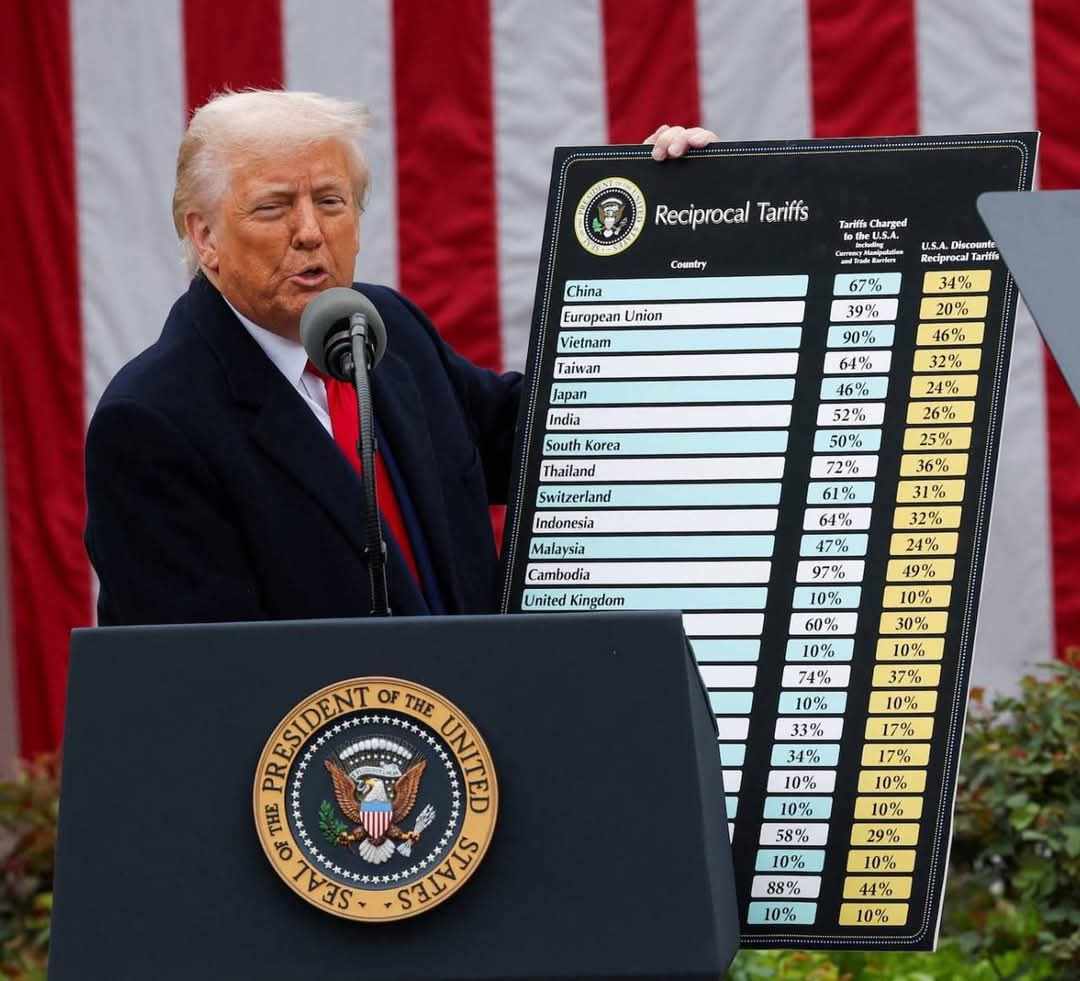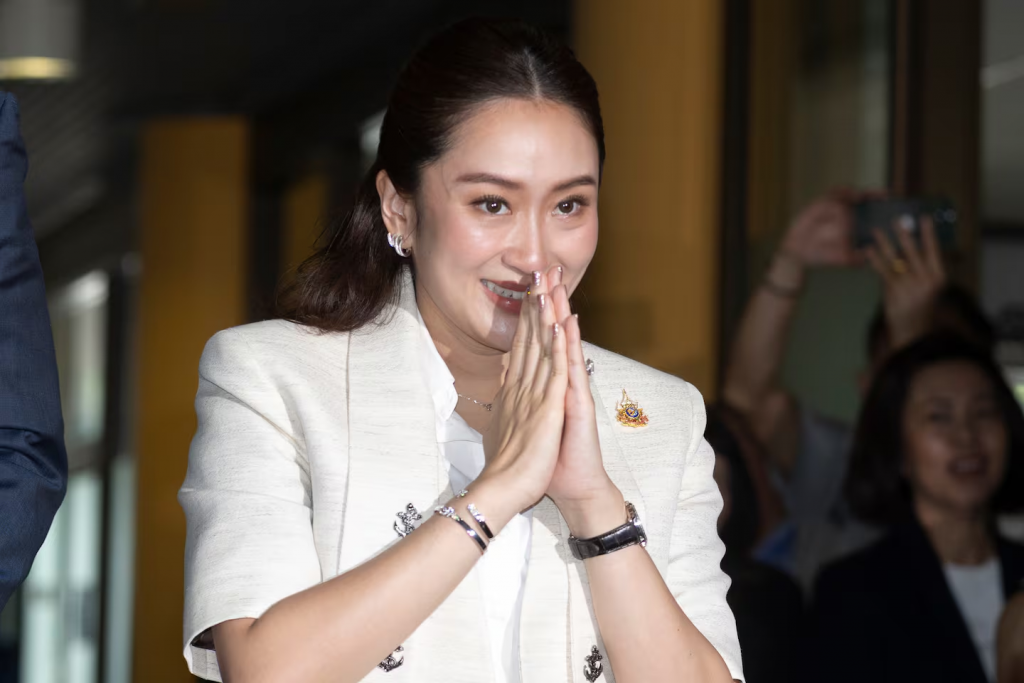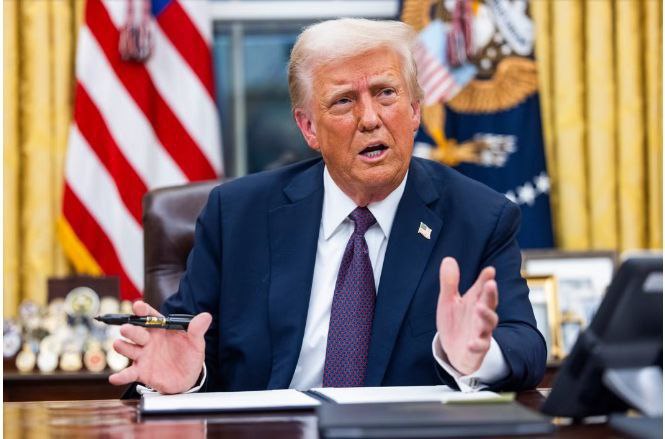On the issue of tariffs, if Cambodia were to initiate the ASEAN mechanism, it could be a channel that would have additional weight on the bilateral mechanism, and this mechanism would also interest at least some countries in the region, especially Thailand.
Based on the tariff list announced by the United States on April 2, 2025, Cambodia would be subject to a new tariff of 49 percent, Laos would be subject to 48 percent, Vietnam would be subject to 46 percent, Myanmar would be subject to 44 percent, Thailand would be subject to 36 percent, Indonesia would be subject to 32 percent, Malaysia would be subject to 24 percent, and Brunei would be subject to 24 percent. Philippines 17 percent and Singapore 10 percent.

Currently, all ASEAN countries are preparing mechanisms for bilateral negotiations. And among the 10 members of the bloc, Vietnam has taken the first step forward, currently negotiating, while Thailand has taken a step back, and Cambodia has also reached a preliminary meeting. Indonesia, the largest market in the region, is also preparing.
In fact, since Donald Trump imposed a series of tariffs on China, Mexico, Canada, and the European Union in March and retaliatory tariffs in early April, there has been no news that his administration has granted any tax concessions to the target countries. What has been heard or received in the past is only temporary relief, such as this retaliatory tariff, which Trump has only decided to extend for 90 days.
This seems like a very pessimistic view. If we have this view, we can only wait for the United States to impose tariffs. In such a situation, even if there is little hope, it is worth trying, lest there be any disappointment that could discourage Mr. Trump.
During his first term as US president, Mr. Trump once caused a rift in relations with ASEAN by not attending the ASEAN-US summit and even sending the lowest-ranking representative to attend. At that time, other ASEAN leaders also boycotted the summit, sending only their foreign ministers. Later, Mr. Trump also promised to repair the relationship, but failed due to the spread of COVID-19. Therefore, it is worth trying group negotiations through the ASEAN mechanism because it can have more weight than individual negotiations by each country.
Regarding this mechanism, the Bangkok Post reported that after Ms. Phaythongthan Shinawatra finished her visit to Cambodia on April 24, she also revealed about the ASEAN mechanism. She said the US tariffs on ASEAN exports were among the many topics discussed with Cambodian Prime Minister Hun Sen.

Through the newspaper, she revealed that Thailand and Cambodia discussed the strengths of each country and how countries in the region can unite to increase their influence in negotiations. However, this is still only a point of view.
She added that Thailand is closely monitoring the situation after the US President decided to delay the implementation of the 90-day trade law. In 2024, Cambodia was no different from other ASEAN countries. Cambodia has bilateral trade with the United States of more than $10 billion, but this is very small, while the entire region has trade with the United States of $477 billion. For ASEAN, the United States is the second-largest trading partner after China.

In total, on April 2, Trump announced the retaliatory tariffs and set the implementation date for April 9. But on that day, he also announced a 90-day extension of the negotiation period. So the tariffs could be implemented around July 7.
From now on, there are more than two months left. If there is a breakthrough and coordination with Malaysia, which is currently holding the rotating ASEAN chairmanship, there may be time if it wants to try using the ASEAN mechanism.

